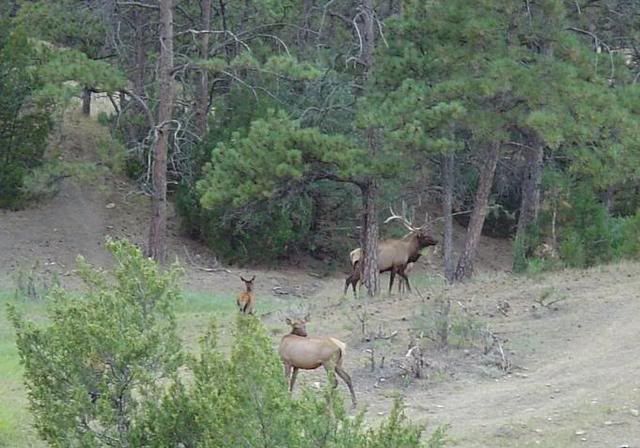Jack O'Conner
New member
My family and I recently toured the impressive mansion and grounds of Monticello. This impressive house was home of Thomas Jefferson and is located in foothills of Appalachian Mts of northern Virginia.
Many trophies are displayed in the "entrance parlor". This high domed room has many western animal antlers plus buffalo hides and Indian archery items as well. I was impressed by the elk antlers brought to Thomas Jefferson by Lewis & Clark. They are 6 X 7 antlers with extra-long eye guards. Unfortunatley, photography is not allowed so you'll have to visit this remarkable site for yourself.
Lewis & Clark explored the American West when predators were quite numerous and Indian tribes hunted year round. I doubt that as many animals reached trophy age as they do in 2009. You're allowed to disagree.
Jack
Many trophies are displayed in the "entrance parlor". This high domed room has many western animal antlers plus buffalo hides and Indian archery items as well. I was impressed by the elk antlers brought to Thomas Jefferson by Lewis & Clark. They are 6 X 7 antlers with extra-long eye guards. Unfortunatley, photography is not allowed so you'll have to visit this remarkable site for yourself.
Lewis & Clark explored the American West when predators were quite numerous and Indian tribes hunted year round. I doubt that as many animals reached trophy age as they do in 2009. You're allowed to disagree.
Jack
Last edited:



